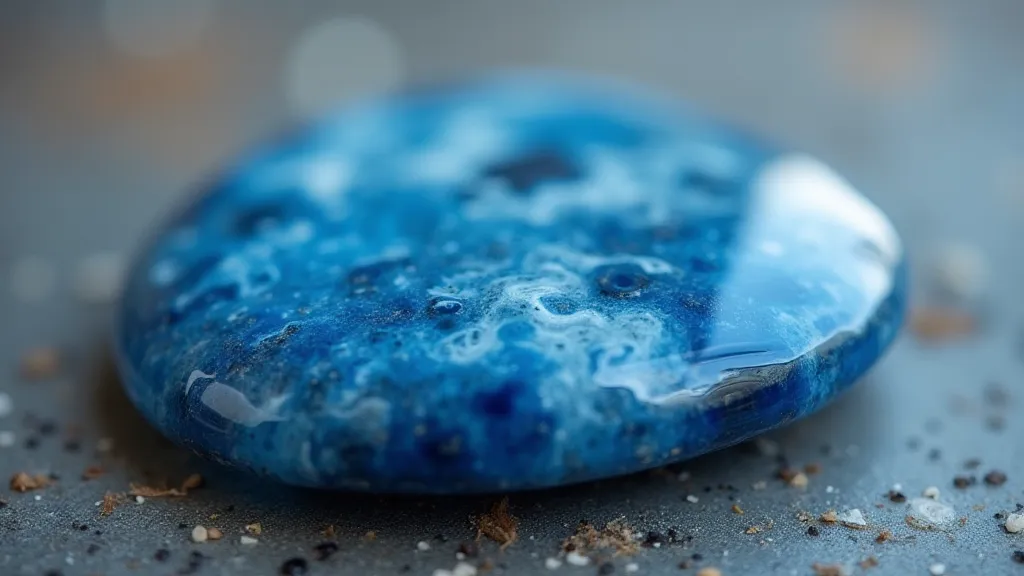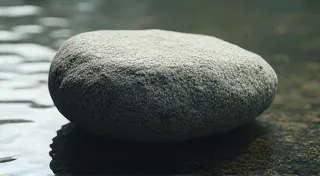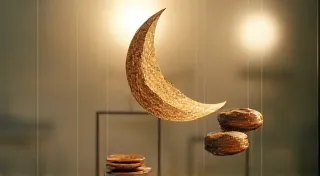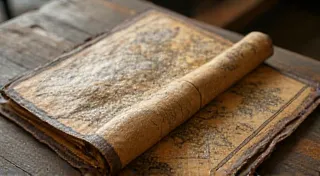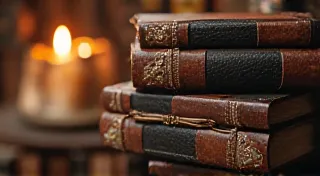From Rough to Radiance: The Writer's Journey Reflected in Lapidary’s Art
There's a particular resonance I feel when I hold a piece of rough stone, a feeling not dissimilar to the quiet anticipation that settles before a blank page. Both present a challenge: an unformed potential, a wilderness of possibility. I'm a writer, and I’m also drawn to the meticulous craft of lapidary – the art of transforming rough stone into polished gems. The parallels, I've discovered, are profound, a mirroring of dedication, resilience, and the slow, beautiful process of refinement.
My grandfather, a man of few words but boundless hands, played a critical role in this understanding. He wasn’s a lapidary in the professional sense, but he possessed an uncanny ability to restore things – antique clocks, broken furniture, and, most memorably, his beloved accordions. The scent of beeswax, linseed oil, and aged leather still instantly transports me back to his workshop, a sanctuary filled with the gentle ticking of resurrected timepieces and the mournful sighs of rescued bellows.
One accordion, a Hohner Classic, held a special place. Its keys were yellowed, some broken, its bellows cracked and brittle. He’s painstakingly cleaned, repaired, and re-skinned it over years, breathing life back into its silence. He would say, “It’s not about making it new, child. It’s about revealing what was always there.” That sentiment, I realize now, encapsulates the heart of both writing and lapidary.
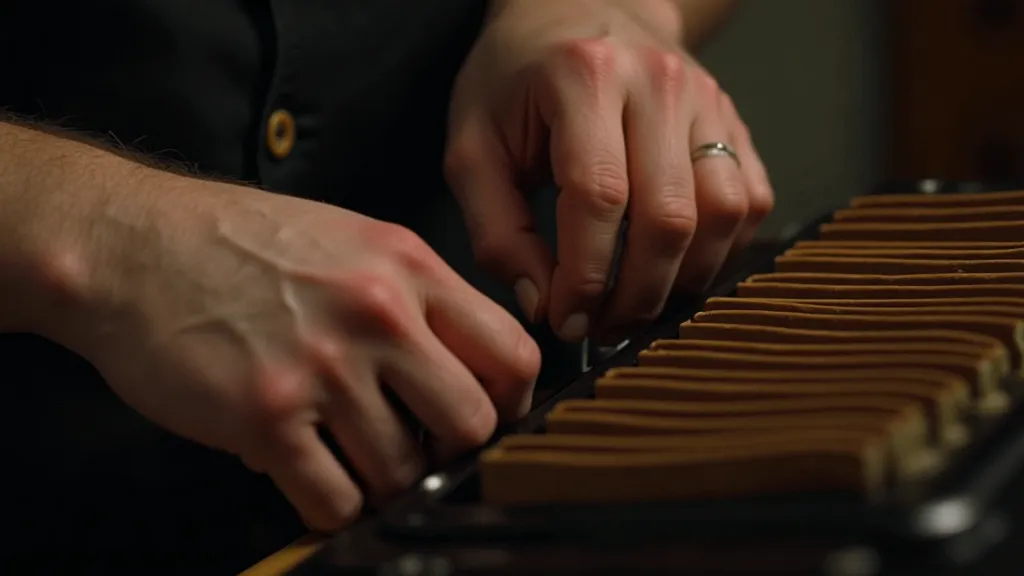
The Stone's Silent Story
Consider a rough piece of agate. It might appear unremarkable, a dull, unassuming blob. But within that rough exterior lies a swirling landscape of chalcedony, a tapestry of colors waiting to be unveiled. The lapidarist’s job isn't to *create* beauty, but to *reveal* it. The process begins with careful selection - choosing a stone that resonates with the eye, sensing the potential locked within. Then comes the cutting, the grinding, the relentless shaping, often removing what appears significant only to reveal the beauty hidden beneath. There are failures, of course. Cracks appear unexpectedly, a promising pattern is lost, a treasured piece shatters. It’s disheartening, but the dedicated lapidarist learns from each setback.
Writing is much the same. The first draft is often a clumsy, shapeless thing – the rough stone of a story. There are passages that seem promising but ultimately must be discarded, entire chapters that fail to resonate. The editing process is akin to the grinding and polishing of a stone; each pass removes layers of imperfection, bringing clarity and form. A rejection letter can feel like a fissure in the stone, threatening to undo all the effort. But the writer, like the lapidarist, perseveres, learning from critiques and refining their craft. Sometimes, the most compelling narratives emerge from embracing imperfections, a sentiment echoed in the patterns found in nature – sometimes a flaw is the most beautiful part, a testament to the journey and the lessons learned, much like the beauty revealed when embracing change and finding beauty in imperfection.
Tools of the Trade: Patience and Precision
The lapidarist’s workshop is a symphony of specialized tools. Diamond saws slice through the stone with unwavering precision. Grinding wheels, in varying grits, smooth and shape the surface. Polishing laps, covered in felt or cloth, bring the final luster to the gem. Each tool demands a specific technique, a delicate balance of pressure and speed. A single misstep can ruin hours of work.
Similarly, the writer’s toolkit comprises vocabulary, grammar, and structure. Each element must be wielded with care and intention. The initial stages, sawing and rough shaping, are about getting a general form – outlining a plot or drafting a rough sketch. Then comes the detailed shaping – crafting sentences, refining dialogue, developing characters. The lapidarist needs a keen eye for detail, the writer, a critical ear and a discerning mind. The rhythm of the work is slow, meditative, requiring a sustained focus that can be both challenging and deeply rewarding. It demands a certain inner stillness, a capacity to find solace and meaning even when the work feels repetitive or seemingly devoid of immediate gratification. This pursuit of deeper meaning, of understanding the underlying principles that govern both natural processes and artistic creation, can lead to a profound sense of purpose, particularly when dealing with subjects that lack color or vibrancy. The ability to uncover beauty and significance in the absence of color is akin to finding harmony in the absence of color – a testament to the power of perception and the human capacity for finding meaning in unexpected places.
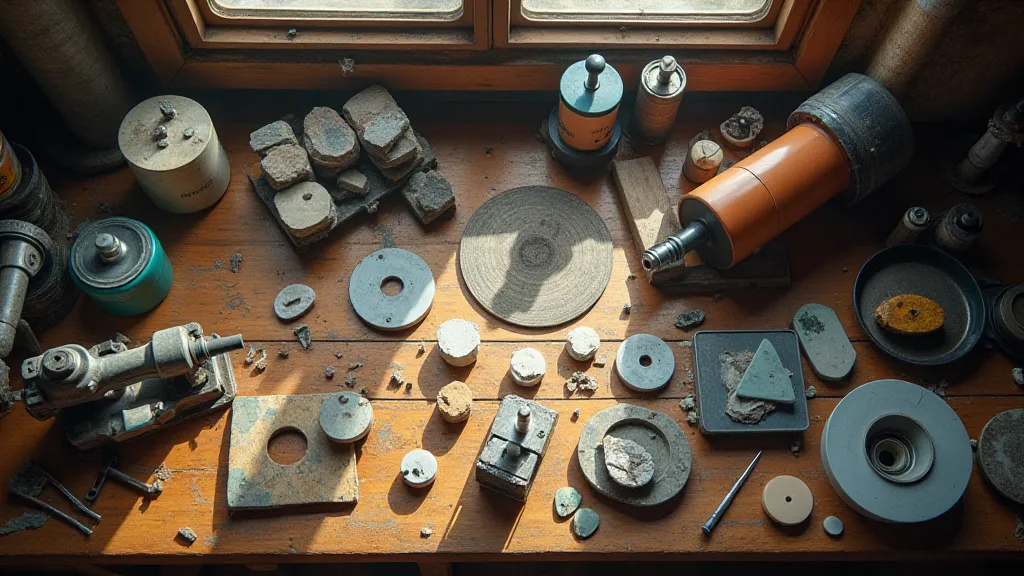
Cabochons and Chapters: Unveiling the Heart
The creation of a cabochon – a rounded, polished gemstone – is a particularly compelling analogy to writing. It’s a process of revealing the stone’s natural beauty, shaping it into a form that accentuates its color and patterns. The most skilled lapidaries can coax extraordinary beauty from seemingly ordinary stones. The same is true of writers. We strive to find the heart of a story, the core of truth or emotion that resonates with readers. Whether it's a poignant memory, a complex relationship, or a moment of profound realization, the most compelling narratives reveal something authentic and universal.
My grandfather's accordion restoration wasn't about creating a perfect replica of its original condition. It was about preserving its history, its soul. It was about enabling it to breathe again. And in that, he taught me a profound lesson about resilience – about facing setbacks, learning from mistakes, and finding beauty in the process of renewal. Sometimes, the most transformative stories emerge from confronting darkness, exploring the shadows that lie within ourselves and the world around us. It takes courage to delve into these hidden recesses, but the rewards – a deeper understanding of the human condition, a newfound appreciation for the light – are immeasurable. This courage to confront the shadows is strikingly similar to the journey taken when confronting shadows and finding clarity in the dark stone – a process of revelation and growth that requires both strength and vulnerability.
More Than Just Skill: The Emotional Resonance
Beyond the technical skills, both lapidary and writing demand a deep emotional connection to the craft. The lapidarist must *feel* the stone, understand its character. The writer must *empathize* with their characters, inhabit their worlds. Both require a willingness to be vulnerable, to expose one’s self to criticism and disappointment. But the rewards—the satisfaction of revealing a hidden beauty, the joy of sharing a compelling story—are immeasurable.
The final polish, that moment when the stone gleams with its full potential, mirrors the feeling of completing a manuscript, of sharing a story with the world. There's a quiet pride, a sense of accomplishment, knowing that something beautiful has been created from humble beginnings. And like the antique accordion, resurrected and reborn, the story, the gem, carries a history, a resilience, a testament to the power of dedication and the beauty of transformation. Understanding the geological processes that shape these materials can add another layer of appreciation, a sense of connection to the vastness of time and the intricate workings of the Earth. Sometimes, it's about understanding the choreography, the carefully orchestrated movements of sediment and pressure that ultimately lead to the creation of something truly remarkable. This understanding can be like a beginner’s guide to geological choreography – a journey into the heart of the Earth’s artistry.
